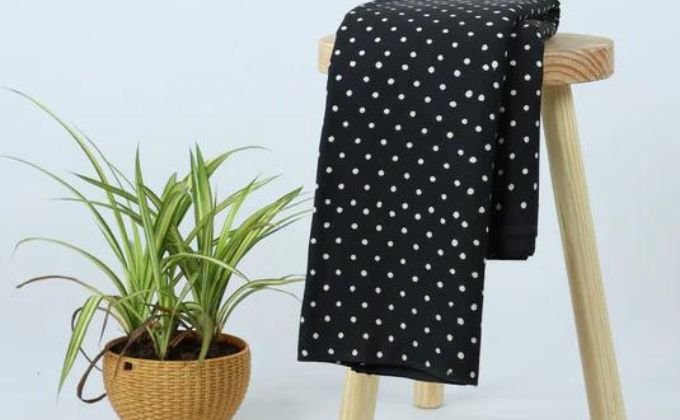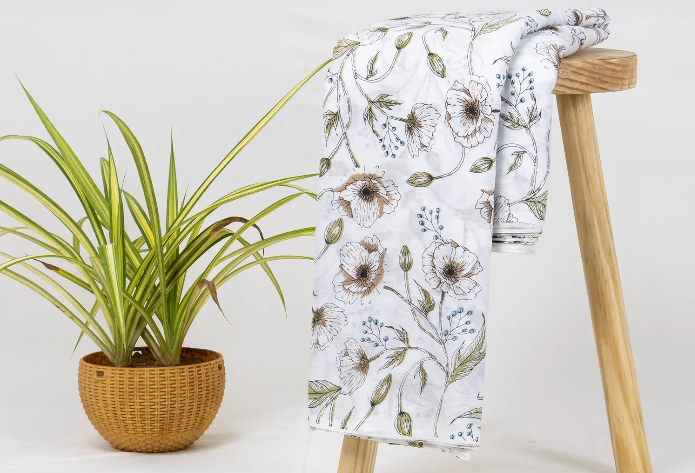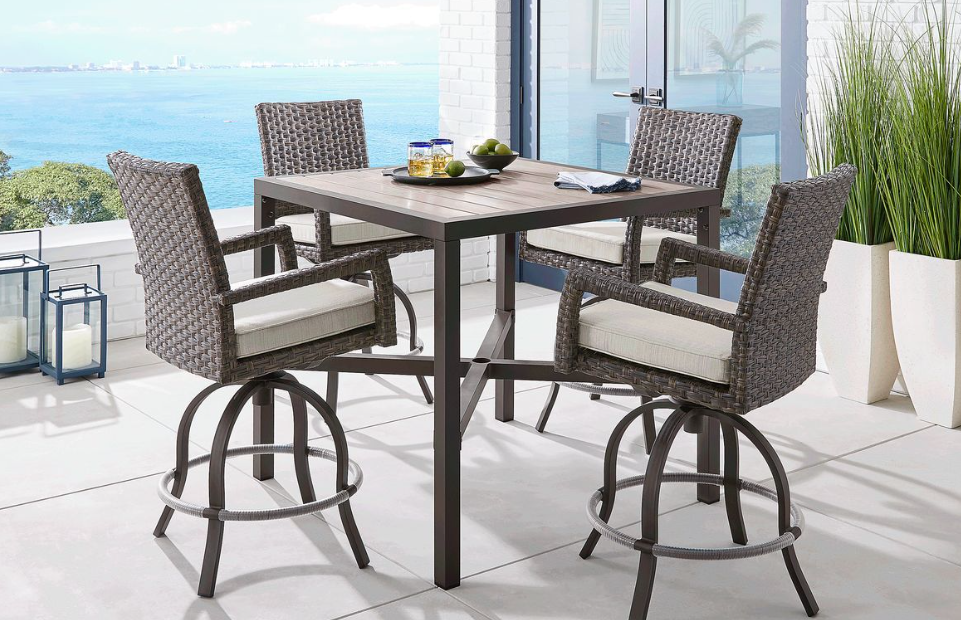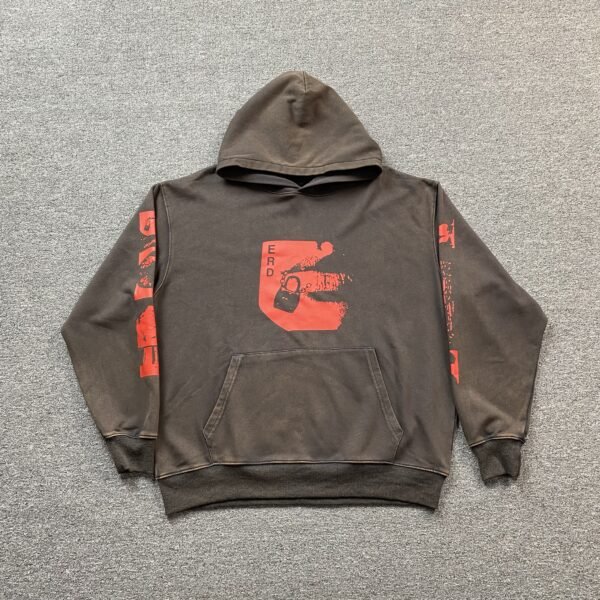Block print fabric is a celebration of tradition, craftsmanship, and artistry. This ancient textile art, characterized by intricate patterns created using hand-carved wooden blocks, has captivated cultures for centuries. Originating in regions like India, China, and Egypt, block printing continues to thrive today, blending timeless techniques with modern aesthetics.
Renowned for its unique designs and sustainable production methods, block print fabric holds a special place in the hearts of artisans, fashion enthusiasts, and eco-conscious consumers. This article delves into the history, techniques, cultural significance, and modern applications of block print fabric, showcasing why it remains a beloved choice in textiles.
A Journey Through History
Block printing is one of the oldest methods of textile decoration, with its origins tracing back thousands of years. Early examples of block-printed fabrics have been found in ancient Egypt and China, but it was in India where the art form truly flourished.
India’s mastery of block printing became globally recognized as its textiles were traded along the Silk Road and shipped to Europe during the colonial era. Regions like Rajasthan and Gujarat emerged as hubs for block printing, developing distinct styles such as:
- Bagru Prints: Known for earthy tones and floral patterns, Bagru prints use natural dyes and traditional motifs.
- Ajrak Prints: Originating from Gujarat and Sindh, Ajrak is characterized by geometric and symmetrical designs in rich indigo and red hues.
- Dabu Prints: A mud-resist technique, Dabu creates striking patterns by applying mud paste before dyeing, resulting in bold, layered designs.
Each style reflects the cultural and geographic influences of its region, making block print fabric a canvas of history and identity.
The Art of Block Printing
Block printing is a meticulous, labor-intensive process that requires patience and precision. Here’s a step-by-step look at how this art comes to life:
- Design Creation: Artisans carve intricate patterns into wooden blocks, often taking days to perfect a single block. Each color in the design requires a separate block.
- Fabric Preparation: The fabric is washed and treated to remove impurities, ensuring it absorbs the dye evenly.
- Printing Process: Artisans dip the block into dye and press it firmly onto the fabric. This process is repeated with great accuracy to create a seamless pattern.
- Dyeing and Fixing: In multi-colored designs, each layer of dye is applied one at a time. After printing, the fabric is washed, dried, and treated to set the colors.
The result is a stunning piece of fabric that showcases the artisan’s skill and the beauty of handmade craftsmanship.
Cultural Significance of Block Print Fabric
Block print fabric holds deep cultural and artistic significance, particularly in India. It is often used in traditional attire such as saris, kurtas, and dupattas, making it a staple of festive and everyday wear. Beyond clothing, block-printed textiles are integral to home decor, including tablecloths, bedspreads, and curtains.

In addition to its aesthetic value, block printing is a livelihood for many artisan communities. By preserving this craft, these communities uphold their cultural heritage while contributing to sustainable and ethical fashion.
Why Choose Block Print Fabric?
Block print fabric is more than just a textile; it’s a testament to artistry, sustainability, and individuality. Here are some reasons why it remains a favorite:
- Unique and Artistic: Each block-printed fabric is a work of art, with slight variations that add to its charm and authenticity.
- Eco-Friendly Production: Many block printing techniques use natural dyes and sustainable methods, minimizing environmental impact.
- Timeless Appeal: Block print designs are versatile, complementing both traditional and contemporary styles.
- Support for Artisans: Purchasing block print fabric supports artisan communities and helps preserve this age-old craft.
Modern Applications of Block Print Fabric
Block print fabric seamlessly blends traditional craftsmanship with modern aesthetics, making it a popular choice in various industries:
- Fashion: Designers incorporate block print fabrics into skirts, dresses, shirts, and jackets, creating pieces that stand out for their artistry and heritage.
- Home Decor: Block-printed cushions, curtains, and table runners add warmth and character to interiors, bringing a touch of artisanal elegance to any space.
- Accessories: Tote bags, scarves, and wraps made from block print fabric offer stylish, eco-friendly options for everyday use.
- Craft Projects: Quilters and DIY enthusiasts value block print fabric for its patterns, using it in patchwork, embroidery, and creative designs.
The versatility of block print fabric makes it a favorite for anyone looking to add a unique, handcrafted element to their wardrobe or home.
How to Care for Block Print Fabric
To ensure the longevity of block print fabric, proper care is essential. Here are some tips:
- Gentle Washing: Hand wash or use a gentle cycle with cold water to prevent fading.
- Use Mild Detergents: Avoid harsh chemicals that can damage natural dyes.
- Dry in Shade: Prolonged exposure to direct sunlight can fade the colors, so dry the fabric in a shaded area.
- Iron with Care: Use a low to medium heat setting and iron on the reverse side to protect the print.
By following these steps, you can preserve the beauty and vibrancy of block print fabric for years to come.
Also, read more about the empire adda.
Where to Buy Block Print Fabric
With the growing demand for block print fabric, it’s now widely available both in physical stores and online. Many platforms connect customers directly with artisans, ensuring authentic and high-quality products. When buying block print fabric, look for descriptions that mention natural dyes, handcrafted processes, and fair-trade practices to support ethical production.
Conclusion
Block print fabric is a timeless testament to the beauty of human creativity and craftsmanship. Its intricate patterns, rich cultural history, and sustainable production methods make it a cherished textile that transcends trends. Whether you’re looking to enhance your wardrobe, decorate your home, or embark on a creative project, block print fabric offers an unparalleled blend of tradition and modernity.
By choosing block print fabric, you not only celebrate a centuries-old art form but also support artisan communities and contribute to a more sustainable future. Embrace the elegance of block print fabric—a handcrafted masterpiece that tells a story with every pattern and hue.



